Companies that excel at lead nurturing generate 50% more leads at 33% lower cost. (source)
Most marketing teams focus on generating leads. Lead nurturing, on the other hand, is usually an afterthought and is quite often done haphazardly.
Why is this a mistake?
Firstly, 79% of leads never convert into sales (Next Leap Strategy). Secondly, it’s been shown that companies that excel at lead nurturing generate 50% more leads at 33% lower cost.
Additionally, nurtured leads make 47% bigger purchases than non-nurtured ones (Annuitas), and create 20% more sales opportunities (Demand Gen Report).
Out of all the lead nurturing channels, email is the most effective by far. That’s why we’ll be focusing this guide on lead nurturing email campaigns.
We’ll talk about how to create a lead nurturing email campaign, as well as how to write a great lead nurturing email.
We’re also going to look at the most common types of email campaigns used for lead nurturing, as well as a few excellent examples from successful companies.
What is lead nurturing?
Lead nurturing is the process of working on building a deeper relationship with your leads so that you can influence them into making a purchase. A great lead nurturing campaign relies heavily on segmentation and personalization.
Its purpose is to introduce your business and products, educate your prospects, and lead them down the sales funnel.
Preparing for your first lead nurturing campaign
Before you get started with creating your first lead nurturing campaign, you’ll need to make sure that you have a clear understanding of your target audience, an inventory of your existing content, and an idea of how long your campaign needs to last. You’ll also need to make sure to choose the right email marketing automation tool for your campaign.
Understand your target audience
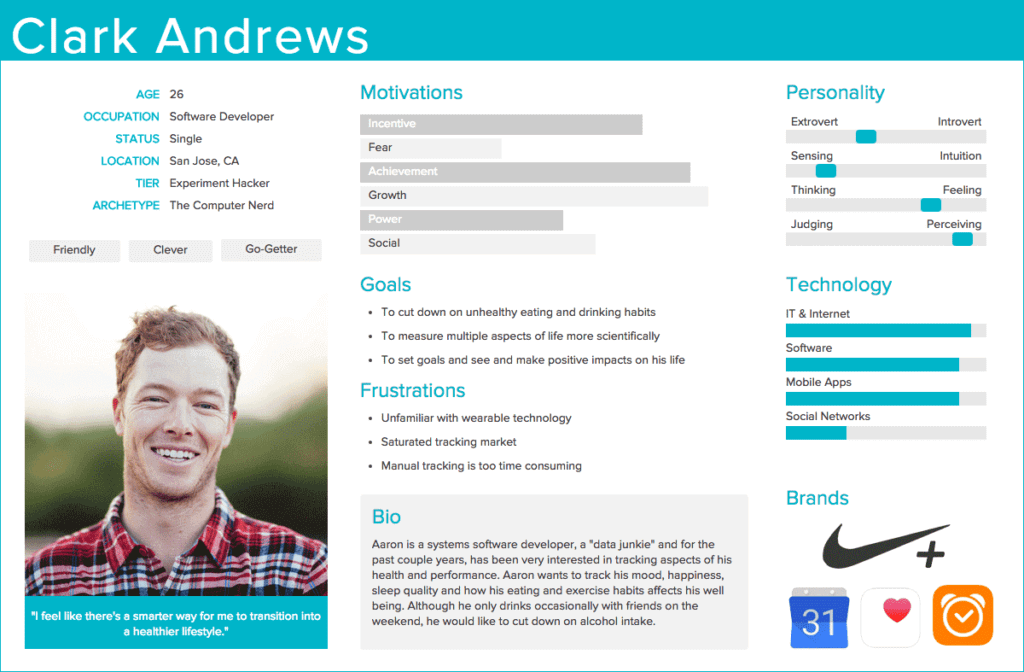
To be able to create an effective lead nurturing campaign, you need to have a clear understanding of your target audience’s goals and pain points. Think about what your prospective customers would like to accomplish, as well as how you can help them do it.
Try to find out more about your leads by sending out email surveys and adding qualifying questions to your opt-in forms. Use all the information you collect to build detailed buyer personas that can help you hyper-personalize your lead nurturing campaign.
Audit your existing content
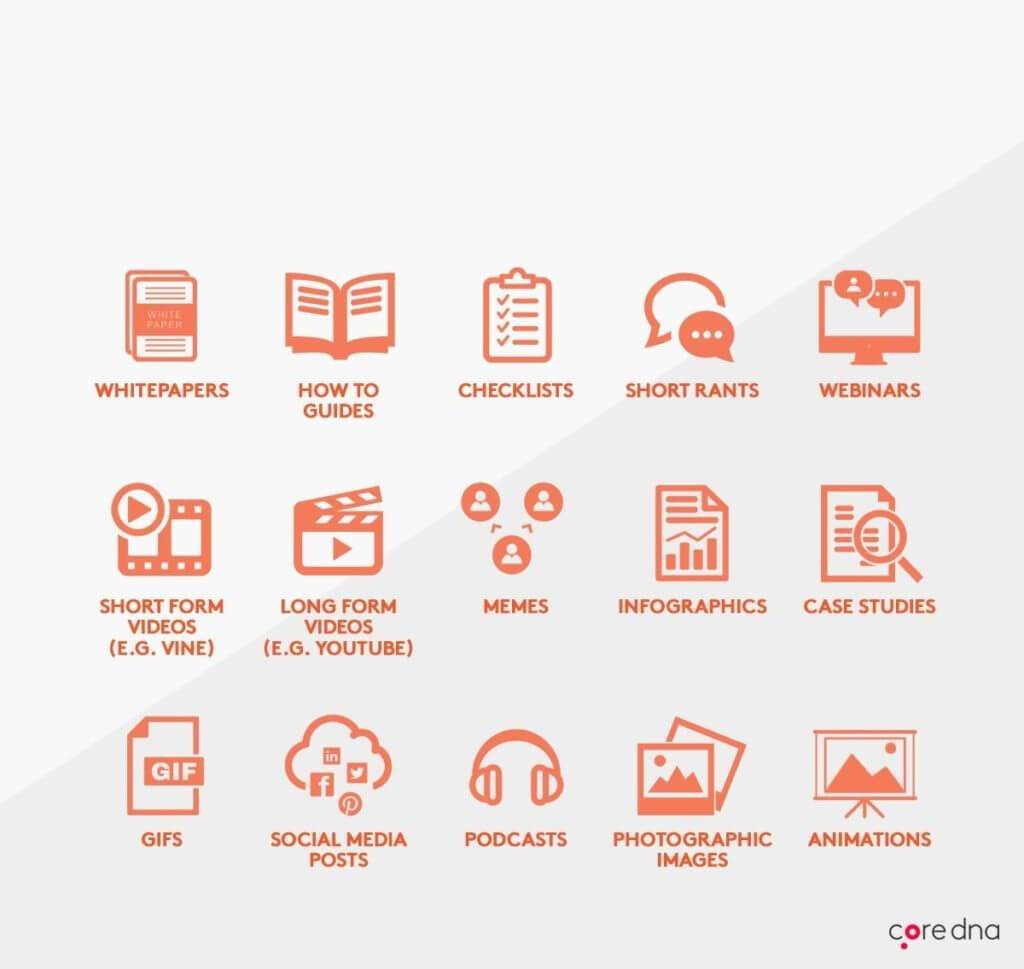
You probably already have some content on your website that you can use in your lead nurturing campaign. Make a spreadsheet listing all the blog posts, videos, white papers, ebooks, or webinars you’ve created that can be used to educate your leads.
Categorize all the content by any criteria that are helpful to you, including content type, topic, buyer persona, and buyer’s journey stage.
Examine all the content and figure out what’s most suitable for your next lead nurturing campaign. Make sure to have all this content hosted on your website, so leads don’t have to go off-site to consume the content.
Decide on the length of your lead nurturing campaign
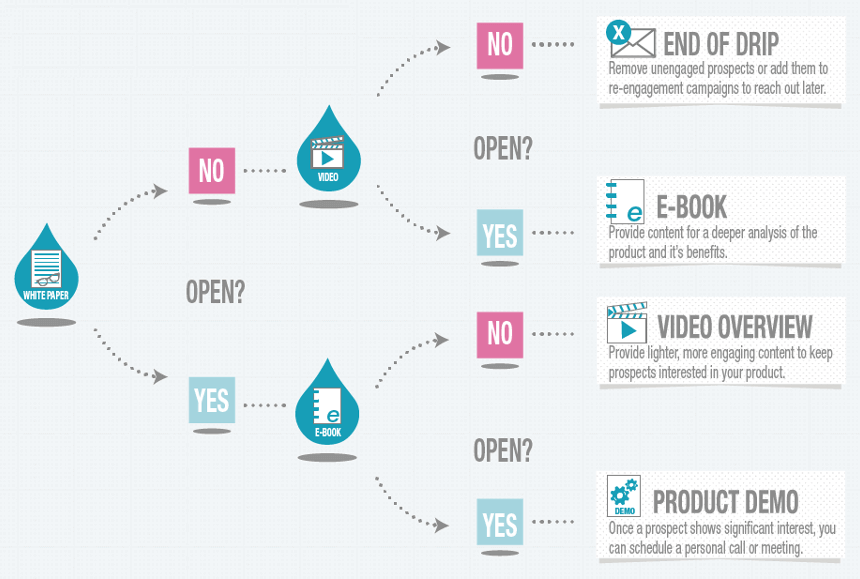
Different industries have different lead cycles, with B2B businesses usually having to run longer lead nurturing campaigns than B2C companies. If you sell B2B enterprise software, for example, it might take months or even years to convert a lead into a sales opportunity.
Determining the length of your lead nurturing campaign is important because you need to be sure that you have enough content to support the campaign. If you think that your lead cycle demands more content than you already have, work on creating additional content before starting your campaign.
Find the right email marketing automation tool
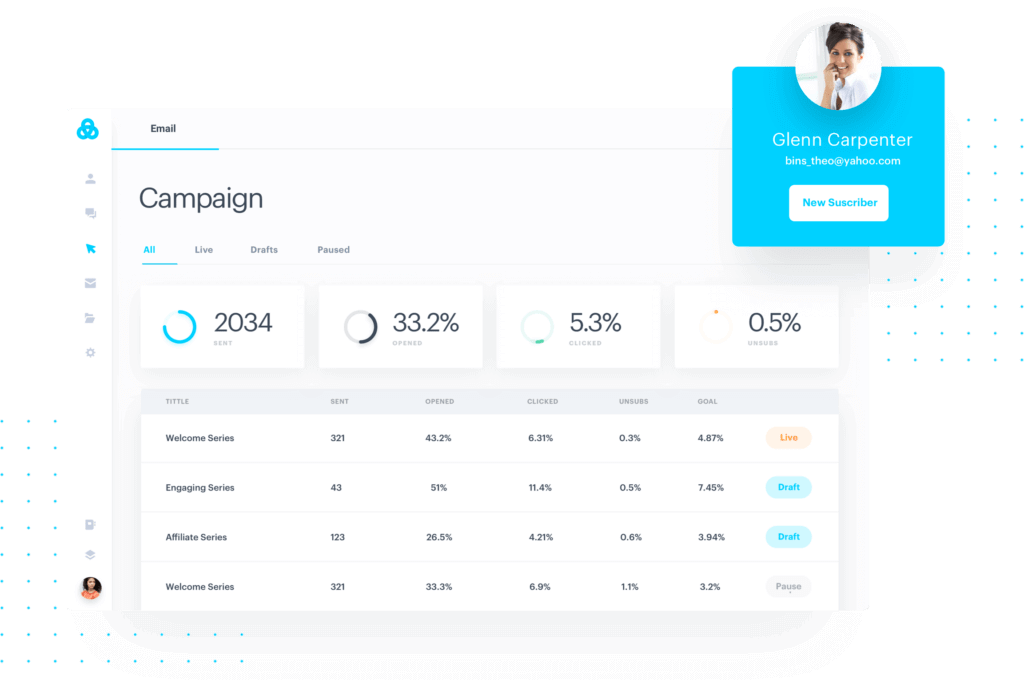
If you’re doing a good job generating leads, it’s probably impossible to send them all nurturing emails manually. That’s why you need to find the right email marketing automation tool to help you.
The tool you use should allow you to create visual email workflows to help you manage your lead nurturing campaigns more easily. It should also enable you to send highly segmented, hyper-personalized email campaigns on schedule or based on user behavior.
Finally, it should be able to give you a detailed overview of your email marketing results so that you can analyze and improve your strategy.
Gist can do all of that, and more.
How to write a great lead nurturing email

If you’ve done all the preparation for your lead nurturing campaign, you can focus on creating the campaign by writing out all the emails. In this section, we’re going to talk about how to write an engaging lead nurturing email that will prompt your leads to take action.
Set a goal
Before starting to write your lead nurturing email, it’s crucial to think about what you want to accomplish with it. What kind of action do you want your leads to take?
Do you want them to read your blog post, download a case study, or something else?
Keep your main goal in mind at all times while writing your email.
Take advantage of segmentation
As we’ve mentioned earlier, great lead nurturing campaigns rely heavily on segmentation. Segmenting leads allows you to provide hyper-relevant content to your leads, ensuring that they’ll be very likely to engage and move down the sales funnel.
How you’re going to segment your leads depends on your specific campaign and what you’re looking to accomplish. You can segment leads based on a variety of factors, including:
- Demographics
- Buyer’s journey stage
- Industry
- Behavior
Provide value
All nurturing emails you send need to provide some sort of value to your leads. Most frequently, you’ll be using nurturing emails to educate your leads.
Consider what kind of content would benefit your leads the most. When deciding what content to send to your leads, you’ll need to take into account where they currently are in the sales cycle.
While leads in the Awareness stage would probably appreciate educational content in blog or video form, leads that are late in the sales cycle (e.g., in the Decision stage) would most likely want to see some testimonials or reviews that would help them make the final decision.
Write a great subject line
Most people make the decision about whether to open an email based on the subject line. That’s why you need to pay special attention to the subject line of your lead nurturing emails and make sure that they’re perfect.
While testing out different subject lines is the only way to find out which one will work the best for your campaign, there are a couple of guidelines you should keep in mind when writing your next subject line.
In general, the subject line should be short (up to 5 words) and include a form of personalization such as the lead’s name.
Don’t forget about the From field
The From field of your email should help to make the email seem more personal, as well as instill trust. Use your full name or “[Your first name] at [Company]” in the From field to show that there’s an actual person behind the email and that the lead isn’t simply receiving automated email communication.
Make it short
Most leads won’t bother to read a very long email. Keep your lead nurturing emails short and get straight to the point.
In general, you should strive to keep your emails no longer than five sentences.
Don’t overcomplicate your lead nurturing email
Try to make your emails as simple as possible. Avoid complex expressions and technical jargon.
Use simple language that anyone can understand. Try to keep a casual, friendly tone throughout the email (VerticalResponse).
Don’t feel as if you need to use a fancy design for your email. Most people prefer text-only emails anyway.
Remember to personalize
Personalization is crucial for making your lead nurturing emails effective. In fact, it’s been shown that personalized emails generate six times more revenue than non-personalized ones (Experian).
There are plenty of ways to personalize your emails, with the easiest one being using your lead’s name, location, or company name in either the subject line or the body of the email.
Plan for regular communication
You’ll need to send relevant emails to your leads on a regular basis to keep them moving down the sales funnel and ensure that your brand stays top-of-mind. Keep in mind that there is such a thing as annoying your leads with too many emails.
Try to keep your email sending frequency at around one email per week.
Types of lead nurturing email campaigns
We’ve talked about the importance of nurturing leads, as well as shown you how to write a great lead nurturing email. Now we’re going to look at the most common types of lead nurturing email campaigns, as well as examples from successful companies.
Welcome emails
This will usually be the first email you send out to new leads. It can either be a single email or an email sequence of two or more emails.
You should use the welcome email to introduce leads to your company and products or services.
Make sure to remind leads how you acquired their email address and let them know what kind of content you’ll be sending them in the future.
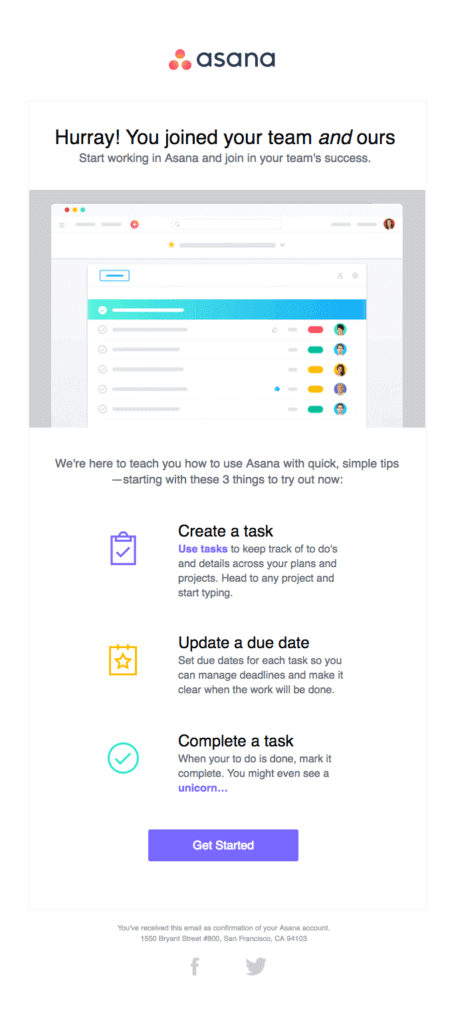
Educational emails
Most of the nurturing emails you’ll be sending to your leads will be educational emails. The point of this type of email is to provide your leads with valuable information that will get them closer to reaching their goals and solving their pain points.
You shouldn’t use educational emails to sell your products or services. Instead, they should serve to help you build trust and develop a relationship with your leads.
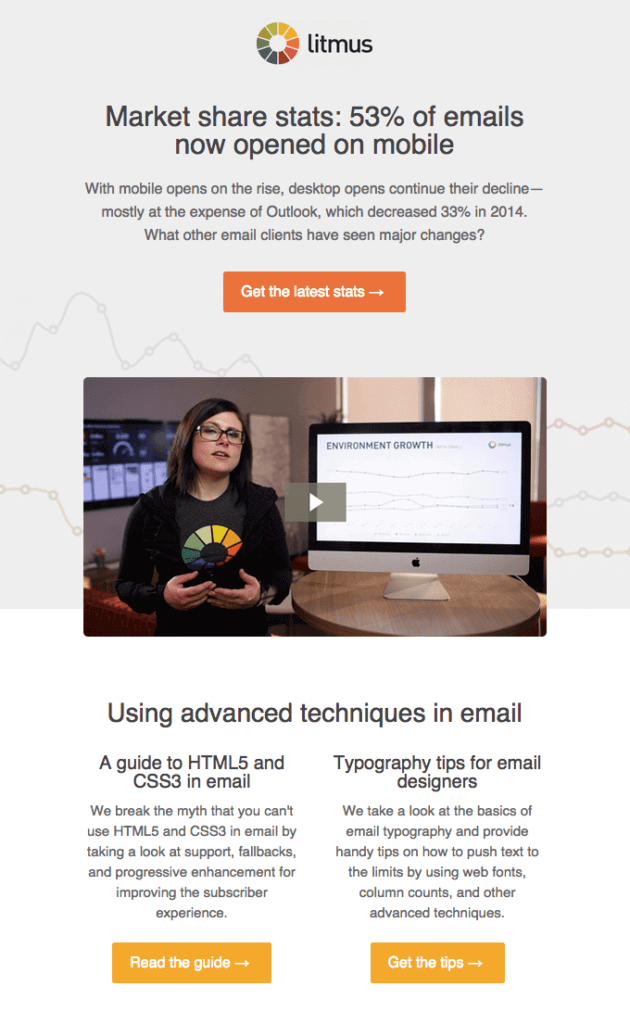
Holiday emails
Sending your leads an email during holiday season is a great way to let them know that you’re thinking about them, as well as keep your business top-of-mind. Most people are also in a buying mood during the holidays so a holiday-themed email containing a discount for your product or a trial for your service might be a great way to get leads to commit to try out your offering.
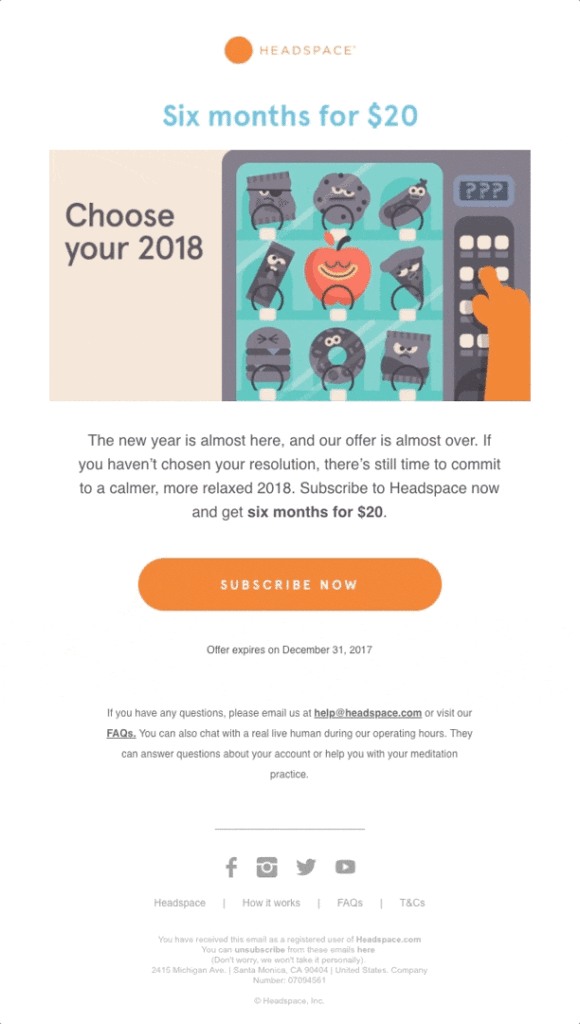
Sales emails
Leads that have arrived at the Decision stage of your sales funnel should be sent a final sales email. The goal of this email is to get your leads to convert. Let them know exactly what they need to do next (e.g., schedule a phone call or visit your website to complete a purchase).
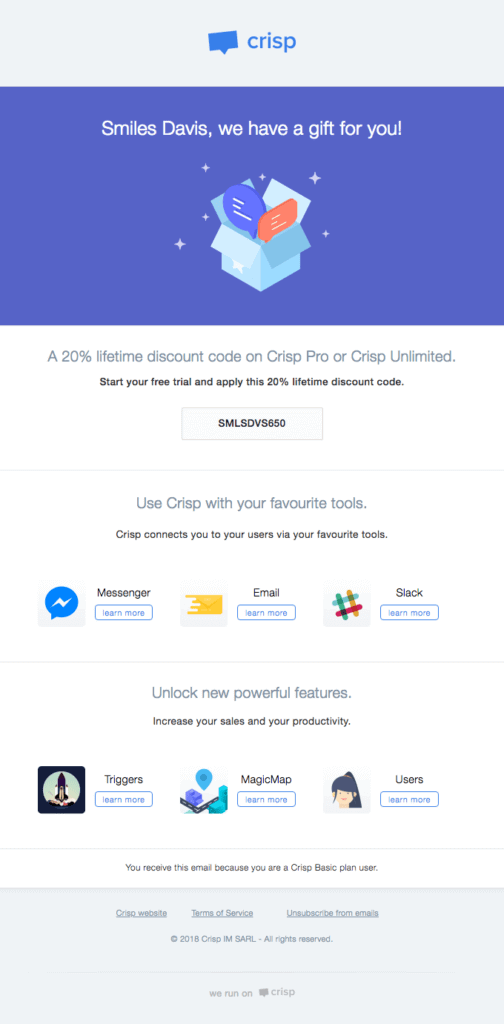
Re-engagement emails
No matter what you do, some leads just won’t respond to any of your emails. You should send these leads a re-engagement email to find out if they’re still interested in what you have to offer, as well as if there’s anything that might be keeping them back from moving to the next stage.
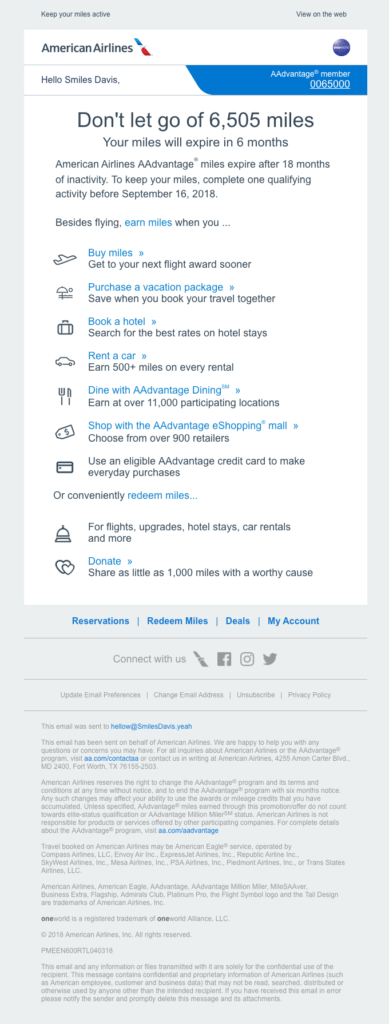
Start sending lead nurturing email campaigns
Lead nurturing is crucial for converting more leads into sales opportunities. Lead nurturing email campaigns, in particular, are very effective at moving leads down your sales funnel.
Before starting your next lead nurturing email campaign, make sure that you have a clear understanding of your target buyer personas, the content you have at your disposal, and the time it’s going to take to drive leads from the top to the bottom of your sales funnel.
You’ll also need to decide on the right email marketing automation tool to help you automate and scale the entire process.
Once you have all of this set up, move on to writing your lead nurturing emails. Set a goal for each email you write, and make sure to provide value to your leads with each email you send.
Segment your email list to be able to provide relevant content to your leads. Personalize each email to ensure higher engagement rates.
Make your emails short and easy to understand. Finally, remember to plan for regular communication with your leads to keep your company top-of-mind.